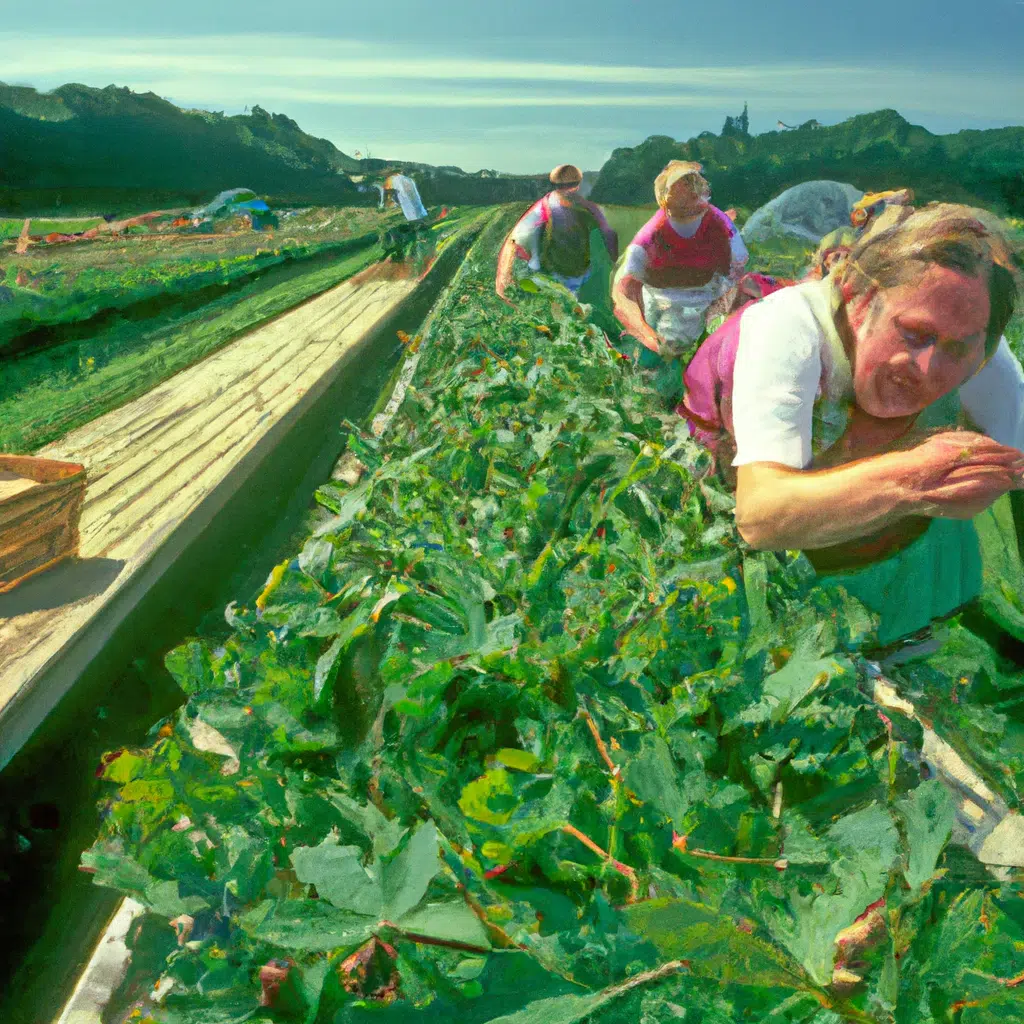At Kingsbury Market Garden, we understand the importance of pest control for the health and safety of our crops. As a result, we have developed innovative techniques for pest control that have proven to be effective and environmentally friendly. In this article, we will discuss these techniques in detail to help farmers and gardeners alike.
Integrated Pest Management (IPM)
IPM is a holistic approach to pest control that involves identifying and monitoring pest populations and implementing a combination of cultural, biological, and chemical control methods to manage them. This approach minimizes the use of pesticides, which can harm non-target organisms and the environment.
At Kingsbury Market Garden, we have implemented IPM by first identifying the pests that are present in our fields. We then monitor their populations using traps and visual surveys to determine if they have reached economic threshold levels that require action. If so, we use a combination of cultural techniques, such as crop rotation and sanitation, biological control methods, such as releasing beneficial insects, and chemical control methods, such as using pesticides that are less harmful to non-target organisms.
Companion Planting
Companion planting involves planting different crops together that have a mutually beneficial relationship. For example, planting marigolds with tomatoes can help repel nematodes, while planting onions with carrots can help repel carrot flies.
At Kingsbury Market Garden, we have implemented companion planting by carefully selecting crops that have beneficial relationships with each other. For example, we plant basil with tomatoes to repel aphids and whiteflies, and we plant radishes with cucumbers to repel cucumber beetles.
Crop Rotation
Crop rotation involves planting different crops in a specific order to prevent the buildup of pests and diseases in the soil. This technique can also help improve soil health by adding organic matter and nutrients.
At Kingsbury Market Garden, we have implemented crop rotation by dividing our fields into different sections and rotating crops between them each season. For example, we plant brassicas, such as broccoli and cabbage, in one section one year, and then plant legumes, such as beans and peas, in that section the following year.
Netting and Row Covers
Netting and row covers can be used to physically exclude pests from crops. These materials can also help regulate temperature and humidity, which can benefit plant growth.
At Kingsbury Market Garden, we have implemented netting and row covers by using them to protect our crops from pests, such as cabbage moths and flea beetles. We also use row covers to extend the growing season for crops, such as lettuce and spinach, by regulating temperature and humidity.
Conclusion
At Kingsbury Market Garden, we are committed to using innovative techniques for pest control that are effective and environmentally friendly. By implementing IPM, companion planting, crop rotation, netting, and row covers, we have been able to manage pest populations while minimizing the use of harmful pesticides. We hope that these techniques will be useful to farmers and gardeners who share our commitment to sustainable agriculture.


